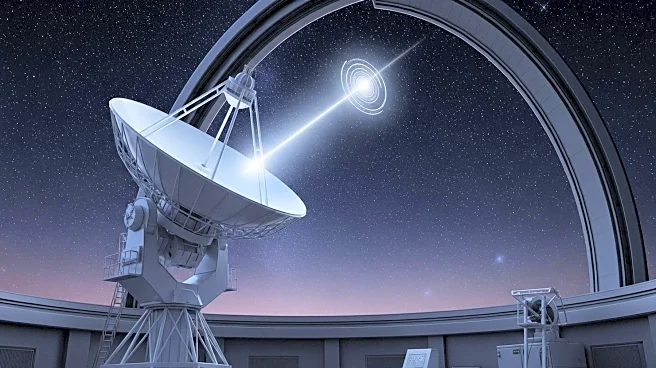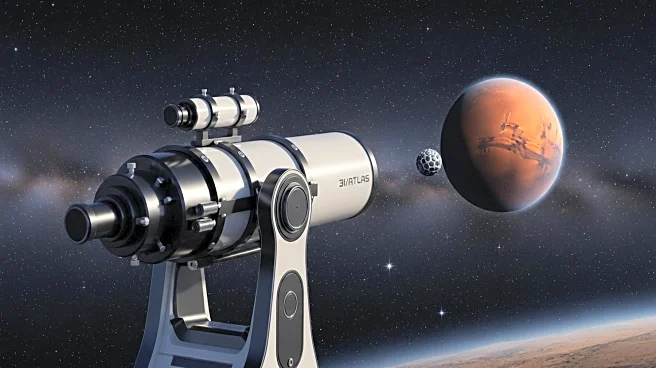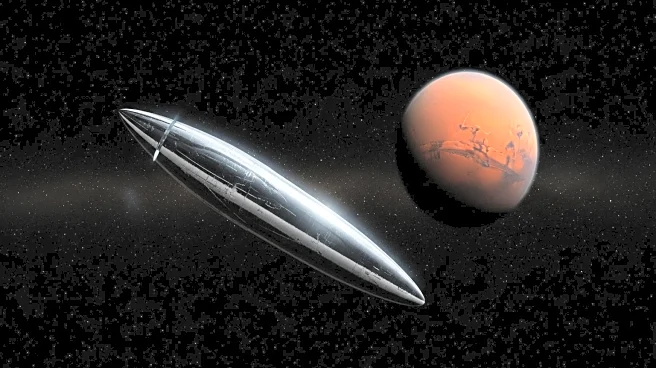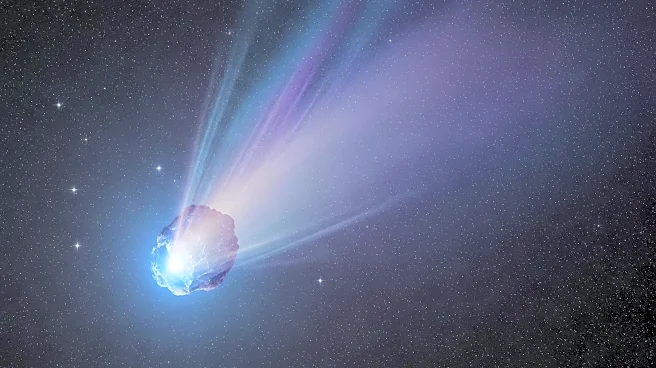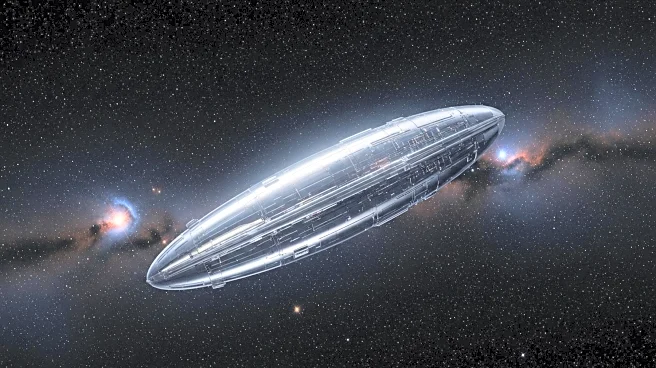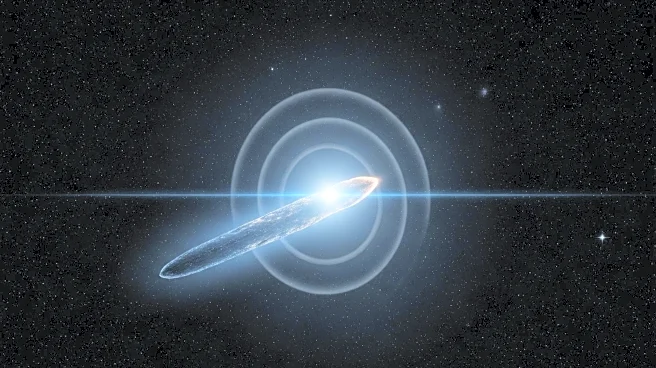What is the story about?
What's Happening?
A Harvard astronomer has proposed a new theory regarding the 'Wow! Signal,' a mysterious radio signal detected in 1977 by Ohio State University's Big Ear radio telescope. The signal, which lasted 72 seconds, has intrigued scientists for decades due to its unusual characteristics. Avi Loeb, a Harvard astronomer, suggests that the interstellar object 3I/ATLAS, currently passing through the solar system, could have been responsible for the signal. This theory adds a new dimension to the ongoing debate about the origins of the 'Wow! Signal' and the possibility of extraterrestrial life.
Why It's Important?
The 'Wow! Signal' has been a subject of fascination and speculation in the scientific community, representing one of the most compelling pieces of evidence for potential extraterrestrial communication. Loeb's theory, if proven, could reshape our understanding of interstellar objects and their interactions with Earth. It also highlights the importance of continued investment in space exploration and research, as new technologies like the James Webb Space Telescope provide unprecedented insights into distant celestial phenomena. The implications of confirming extraterrestrial signals could be profound, affecting scientific, philosophical, and cultural perspectives on humanity's place in the universe.
What's Next?
Further research and observation of 3I/ATLAS and similar interstellar objects are likely to continue, with scientists seeking to gather more data to support or refute Loeb's theory. The scientific community may also explore new methods for detecting and analyzing potential extraterrestrial signals. Public interest in the search for extraterrestrial life is expected to grow, potentially influencing funding and policy decisions related to space exploration.
AI Generated Content
Do you find this article useful?
